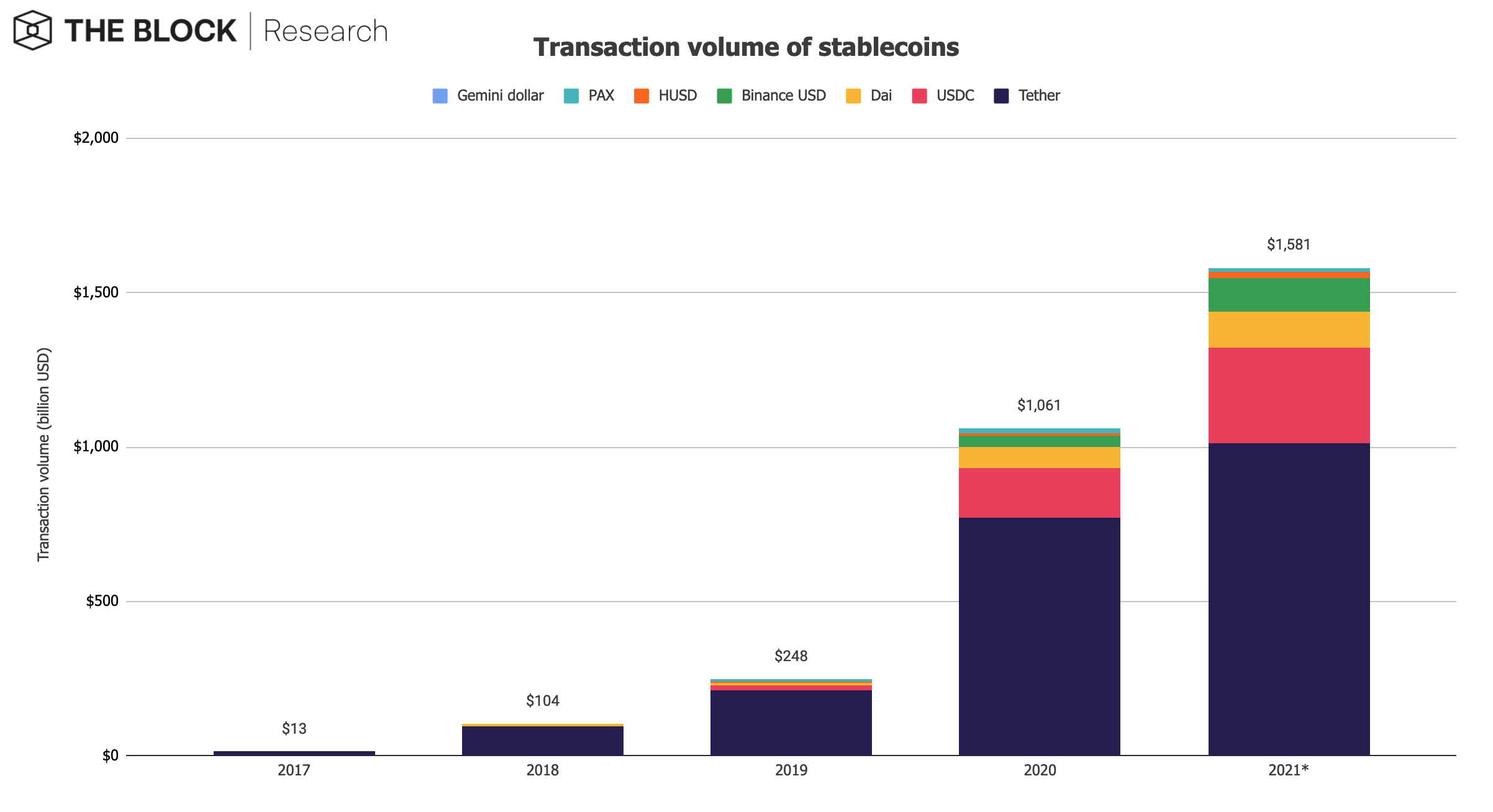At the beginning of April of last year a flurry of class-action lawsuits took aim at many of the biggest names in crypto. In recent weeks, court developments have cast doubt on the future of those legal efforts.
Leading the cases were law firms Roche Freedman and Selendy & Gay. Already well-known in crypto circles for a suit against Tether and BitFinex and another against Craig Wright, on April 3, 2020, the firms filed class-action suits against Binance, Tron, BitMEX, KuCoin, Bibox, Civic, Kaydex, Quantstamp and Status.
On April 19, 2021, the judge in the Bibox case signed off on the crypto exchange’s motion to dismiss, which ends a case before plaintiffs get to make arguments beyond their complaint. In effect, the judge denied that the contents of a complaint merit a case.
The countdown on securities complaints
The basis for the Bibox dismissal was time. All of the complaints concern securities law violations that typically fall into a statute of limitations of just one year. The complaints, filed as they were on April 3, 2020, fell exactly one year after SEC guidance, which was when the team argued they learned that they had been party to a securities sale — critically, more than a year after the actual token sales themselves.
“Plaintiff reasons that he did not know that BIX was an unregistered security until April 3, 2019, when the SEC published its Framework for assessing whether a crypto-asset qualifies as a security,” the court’s order explains, referring to a discovery rule that the plaintiffs hoped would start the clock on the statute of limitations on the date of the SEC’s framework.
But the court did not buy it in the Bibox case. The discovery rule, the order explained, didn’t extend the statute of limitations around mere guidance. It would take a law to reset the clock. This set the stage for a turnaround in the other cases.
Regrouping, reprioritizing
On April 27, the Roche Freedman and Selendy & Gay teams filed voluntary dismissals in the cases against Civic, Kaydex, Quantstamp, and Status, and “certain claims against crypto-asset exchange BitMEX,” as a representative phrased it to The Block. The cases against Binance, KuCoin and Tron, as well as part of the BitMEX case continue, but those cases, too, hinge upon motions to dismiss that await rulings from judges. Critically, those motions also mention the timeliness of the original complaints.
Members of Binance and Tron’s legal teams did not reply to The Block’s questions about the significance of the Bibox ruling for their own cases. But there is a clear distinction between the cases that the teams have laid to rest and those that continue: Binance and Tron are simply much bigger operations than Quantstamp or Civic.
Looking ahead
On April 28, Roche Freedman and Selendy & Gay also filed to appeal the dismissal in the Bibox case on the basis of Illinois, rather than federal securities laws, arguing that they extend this concept of “discovery” more liberally than the judge’s interpretation of federal statute.
The argument in the Bibox appeal may or may not hold water. Bibox’s legal team did not respond to a request for comment. Even if successful, it would likely limit the “class” of victims in question to Illinois residents, which would significantly pare down potential earnings.
But given that the other cases that the plaintiffs voluntarily dismissed were dismissed without prejudice, that leaves the door open to potential revivals.
“They’re considering all of the options,” a representative for Roche Freedman and Selendy & Gay told The Block.
© 2021 The Block Crypto, Inc. All Rights Reserved. This article is provided for informational purposes only. It is not offered or intended to be used as legal, tax, investment, financial, or other advice.
